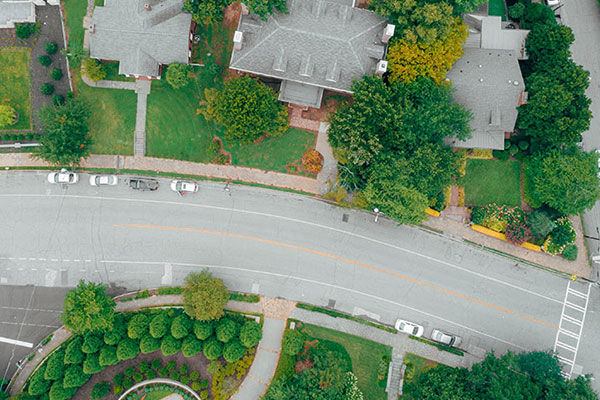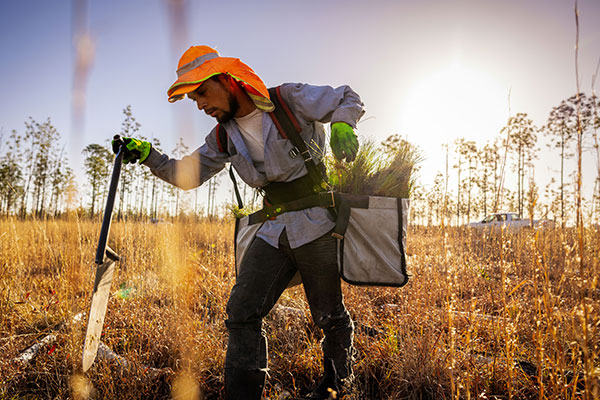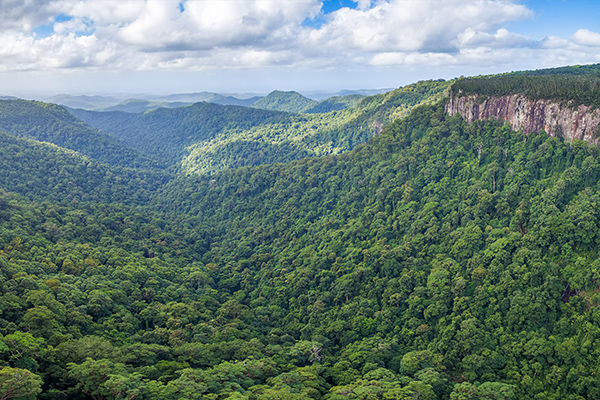“Being intentional with what you plant starts with identifying the species you already have on your property. You cannot act on your own landscape without knowing what you already have,” Smith said. “When it comes to trees and shrubs and other plants, do whatever you can do to add diversity at any scale.”
Diversification in any ecosystem is critical to establishing resilience against extreme weather, invasive insects, or disease. Smith said monocultures can be easily threatened and cause a widespread wipeout, as evidenced by the impact of dutch elm disease and emerald ash borer.
“The lack of diversity increases the risk of loss,” Smith said. “We want to minimize loss and maximize beauty. Your choice of tree or shrub is related to how well your yard adapts, and it can be a process to find that right balance.”
While the Arbor Day Foundation and its supporters continue to use trees to aid in the fight against climate change, we also need to learn how to adapt to it. The effort to put more trees in the ground is too important to treat arbitrarily. We need to understand how to plant for success. The Future Hardiness Zone Map offers critical guidance on how and where to plant trees that will stand up to the weather of today and thrive in the climate of tomorrow.






